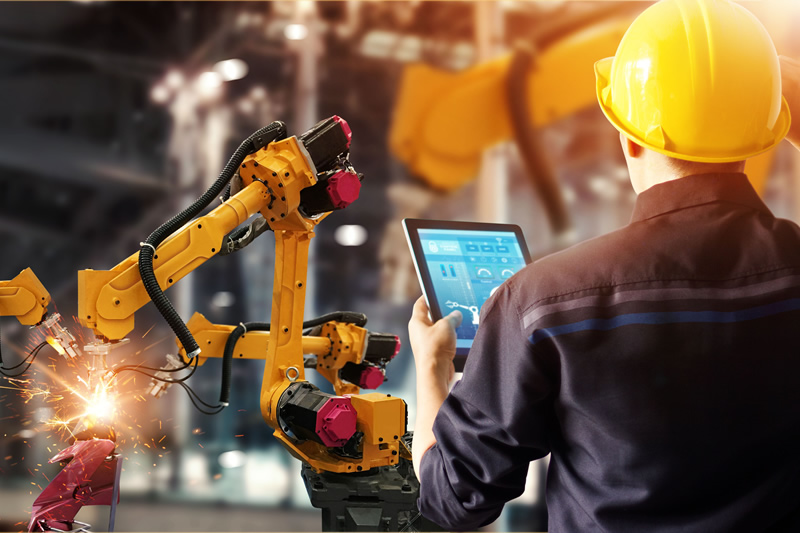Manufacturing companies are continually expanding their operations beyond local boundaries, entering foreign markets with products designed for global consumption. This expansion requires not only logistical and regulatory adaptations but also a profound transformation in how companies communicate—translating technical documentation, marketing materials, and legal documents into multiple languages. This article explores the critical journey of translated content in manufacturing, from its origins on the factory floor to its deployment in global markets.
The Importance of Accurate Translation in Manufacturing
For manufacturers, the stakes are high. Accurate translation ensures that machine operations are understood, safety procedures are followed, and product functions are clear, regardless of the user’s native language. A single error in translating operational manuals or safety instructions can lead to misuse of machinery, resulting in accidents, product recalls, or legal issues. Thus, the precision of translated content is not just a matter of linguistic accuracy but a fundamental aspect of product safety and compliance.
Challenges in Translating Manufacturing Content
Technical Terminology and Jargon
Manufacturing content is replete with specialized terminology, technical jargon, and product-specific language that may not have direct equivalents in other languages. Translators must have specific industry knowledge and a deep understanding of the subject matter to ensure that translations maintain the original’s meaning and technical precision. Powerling and TrueLanguage rely on translation teams that are also subject matter experts – an essential component of an effective translation strategy.
Cultural and Regulatory Variations
When entering foreign markets, manufacturers must consider not just language differences, but also cultural nuances and local regulations. For instance, product instructions that are acceptable and clear in one culture might be perceived as confusing or even offensive in another. Additionally, different countries have varying standards and regulations regarding safety, usage, and compliance, all of which need to be reflected accurately in the translated documents. It is critical that translation providers are well-versed in the regulatory environment of the industries they work in and cultural differences.
Maintaining Consistency
Consistency in terminology and presentation helps maintain brand integrity and supports user comprehension. This is particularly challenging when multiple translators work across various documents and languages. Companies often employ translation memory tools and maintain terminology databases to ensure consistency across all translated materials.
The Translation Process in Manufacturing
Preparation
The first step in translating manufacturing content involves preparing the source material for translation. This includes organizing the content, ensuring it is up-to-date, and identifying industry-specific terminology that needs careful handling.
Localization
Localization goes beyond mere translation by adapting the product and content to fit the cultural, functional, and linguistic expectations of the target market. This might involve changing visuals, modifying layout, and even altering content to ensure it is culturally appropriate. This topic is explored in greater detail in other articles on this site.
Quality Control
Given the potential consequences of errors, quality control is crucial. This often involves several layers of checks, including technical reviews by subject matter experts and back-translations to verify the accuracy of the translated content.
Deployment
Once the translation and quality assurance processes are complete, the translated content is integrated into the product. This can be in the form of printed manuals, labels, digital help systems, or embedded software interfaces.
Technological Advancements and Innovations
Advancements in translation technology, such as machine translation (MT) and artificial intelligence (AI), have significantly impacted the translation process. MT can speed up the translation of large volumes of content, while AI helps improve the accuracy of translations by learning from corrections and integrating contextual understanding. However, human oversight remains critical, especially for high-stakes manufacturing content.
Bottom Line
As manufacturers continue to expand into new markets, the importance of effective translation and localization of content cannot be overstated. It is not merely about converting words from one language to another but ensuring that every piece of translated content—be it a user manual, a marketing brochure, or a legal document—meets the highest standards of accuracy, cultural sensitivity, and regulatory compliance. The journey of translated content is complex and fraught with challenges, but it is also a critical element in the global success of manufacturing companies, ensuring that products are usable, safe, and accepted across different cultural landscapes.


